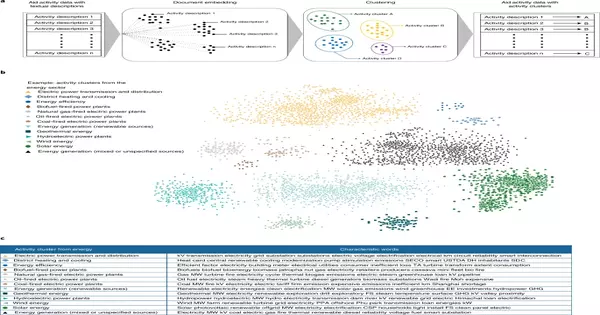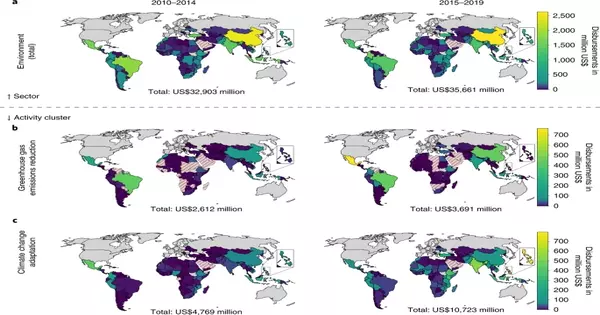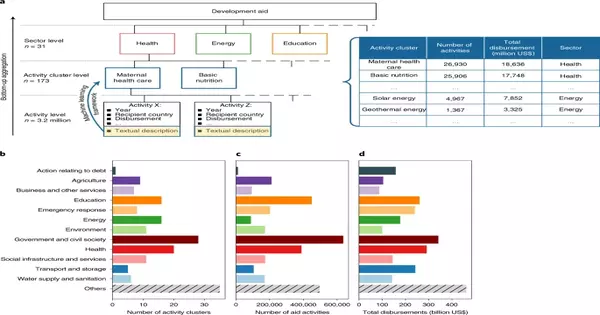A team of AI professionals led by Stefan Feuerriegel, Head of LMU’s Institute of Artificial Intelligence in Management, is bringing transparency to global development aid. The researchers created an artificial intelligence system that categorizes aid initiatives more extensively than was previously feasible and allows for better monitoring of these operations. The findings were published in the journal Nature Sustainability.
Monitoring global development aid provides critical evidence for policymakers financing the SDGs (SDGs). To address the shortcomings of existing monitoring, we created a machine learning system that allows for the thorough and detailed categorization of development aid activities based on their textual descriptions. We specifically group descriptions of 3.2 million aid actions totaling US $2.8 trillion carried out between 2000 and 2019. As a consequence, we developed 173 activity clusters that represented the underlying aid activities’ subjects. Among these, 70 activity clusters address issues that have not yet been scientifically studied (for example, greenhouse gas emissions reduction and maternal health care).Global development aid may be monitored for new themes and at new levels of granularity using our activity clusters, allowing the identification of hitherto unknown spatiotemporal discrepancies. Our methodology can be used by development finance and policy institutions to encourage evidence-based decisions that are aimed at achieving the SDGs.
Using our methodology, it is now possible to analyze global development aid initiatives based on a range of criteria, including factors never before considered, such as climate change mitigation. This allows us to identify regional and temporal variances as well as any gaps. ” According to Stefan Feuerriegel, “Our methodology can assist policy institutions in making evidence-based decisions in accordance with the United Nations’ Sustainable Development Goals (SDGs).”

Achievements: AI brings transparency.
Using their AI method, the LMU team grouped 3.2 million humanitarian programs carried out between 2000 and 2019. A total of 2.8 trillion US dollars has been invested as part of these projects. The projects were assigned to different topic clusters using artificial intelligence. For the first time, Feuerriegel says, “this granular categorization highlights the tremendous need for study into greenhouse gas emissions and maternal health care, for example.” Simultaneously, it is now possible to locate geographic places where some elements have hitherto been overlooked.
Development aid encompasses a wide range of initiatives financed by numerous organizations. It can take the form of material supplies, cash gifts, training, or even technological assistance. International organizations as well as smaller national supporters contribute funding. Given the amount of money allocated for development aid, it is critical to keep track of where and in what fields it is used around the world. This is the only sensible way to organize undertakings on a global scale, “Feuerriegel asserts. In the past, methods used to record projects in this manner were fundamentally deficient, vulnerable to time lags, and associated with high bureaucratic overheads.

As a result, the LMU researchers are employing a machine learning framework to gather and analyze global development aid efforts as thoroughly as feasible. This algorithm was trained using millions of individual project descriptions. Based on these textual descriptions, the program created a complete and granular categorization of 173 worldwide aid activity clusters, including education, nutrition, and biodiversity. LMU researchers have thereby made a significant advance in maximizing data-driven analytics to assist sustainable development.





